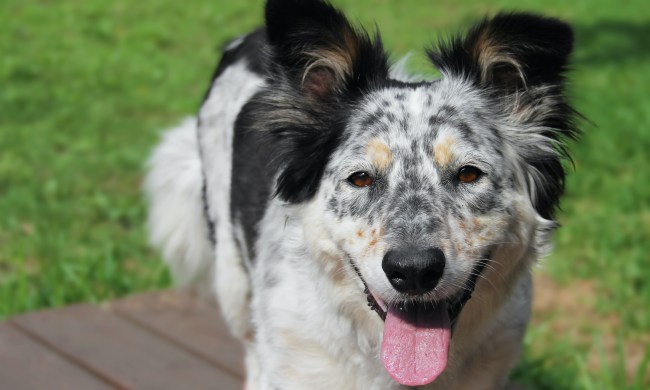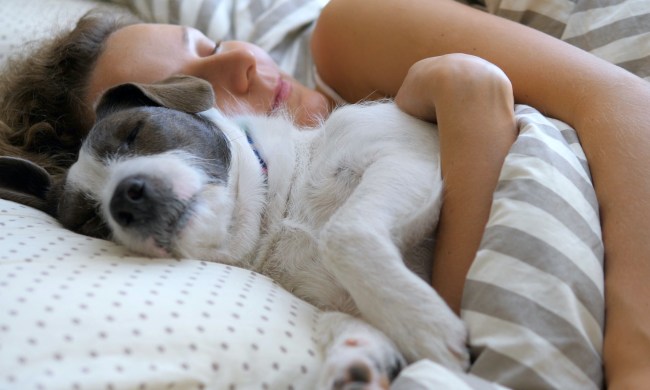Watching your dog play in the snow is adorable, and there are so many cute ways you can keep them warm. Sweaters, little boots, and even hats are fun ways to keep your pup warm while they're playing. What about at night, though? You probably don't enjoy sleeping in a cold house, and neither does your dog. So, you might be wondering how to keep a dog house warm in the winter.
Installing a heater, a heated dog bed, or using an electric blanket will do the trick. But if your dog is a chewer, then cords and wires are a potential hazard, not a solution. Maybe your pup likes to gnaw on everything in sight — or you can’t wire up your dog’s house — don’t worry. There are still plenty of ways to keep your dog snug all winter long.
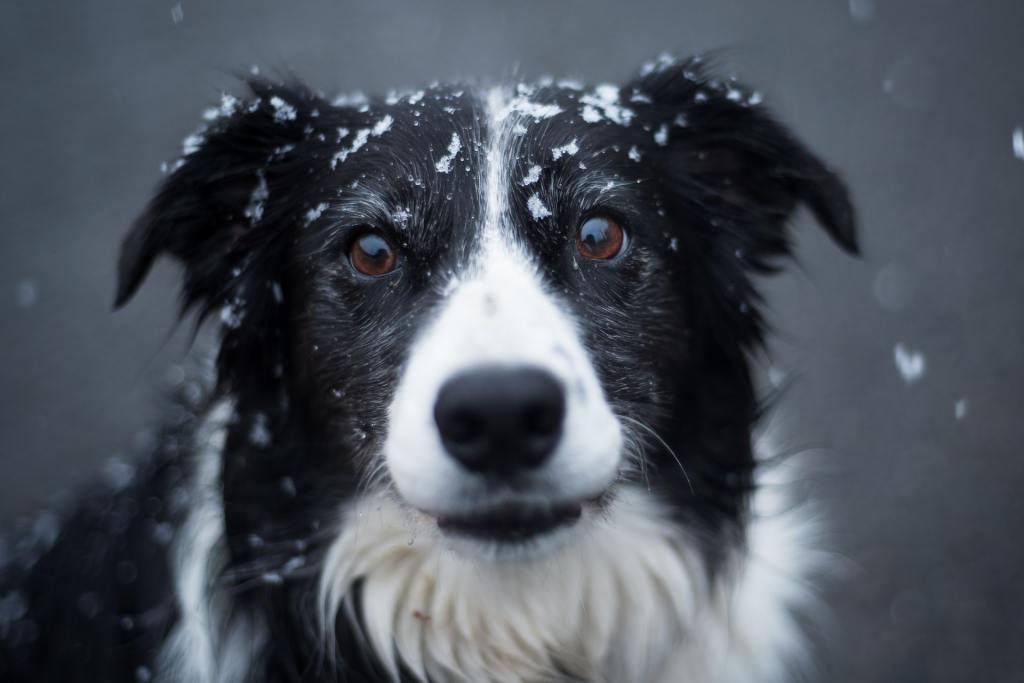
How to keep a dog house warm in winter
According to the American Kennel Club, a dog’s normal body temperature ranges from 101 to 102.5 degrees Fahrenheit. If your dog’s temperature falls below 99 degrees, you should take your pooch to the vet right away.
Therefore, maintaining a warm dog house in the winter is paramount to your dog’s health. Thankfully, it’s easy to do. Here are a few steps you can take to ensure your dog stays nice and toasty when the weather outside turns frightful.
Step 1: Make sure your dog’s house is in good condition.
Even the smallest fracture in the walls can let in the cool winter air and prevent heat retention. Seal off any cracks, and consider installing a dog door to block the wind. It’s an easy, affordable fix that can raise the temperature of his house by a few degrees.
Step 2: Insulate your dog’s house.
Insulation is relatively inexpensive and easy to install, but make sure your dog can’t chew on it. If his home has hollow walls, you can place the insulation inside. If not, covering up the insulation with panels will keep your furry friend from munching on it.
Step 3: Elevate your dog’s home.
This is only an effective solution when the ground is colder than the air. If the ground in your area stays warmer, leaving the dog house flush against the soil will add warmth. But if the earth turns icy cold as soon as temperatures drop, elevating your dog’s house can help it retain heat.
Step 4: Invest in comfortable, warm bedding.
Cedar chips help to repel fleas and other creepy-crawlies, so lining the floor of your dog’s house with wood is an excellent first step. Once you have a solid, insect-repellant base, you can add blankets, towels, and a cozy dog bed to create a warm and inviting environment for your pup.
Step 5: Fill up excess space.
Smaller spaces retain more heat, and while roomy dog houses are fantastic at keeping your dog cool during the summer months, all that extra space can sap the warmth right out of the air during the winter. Filling your dog’s house with spare blankets, old towels, or throw pillows is a great way to reduce open space, which helps cut down on heat loss when the temperature drops.
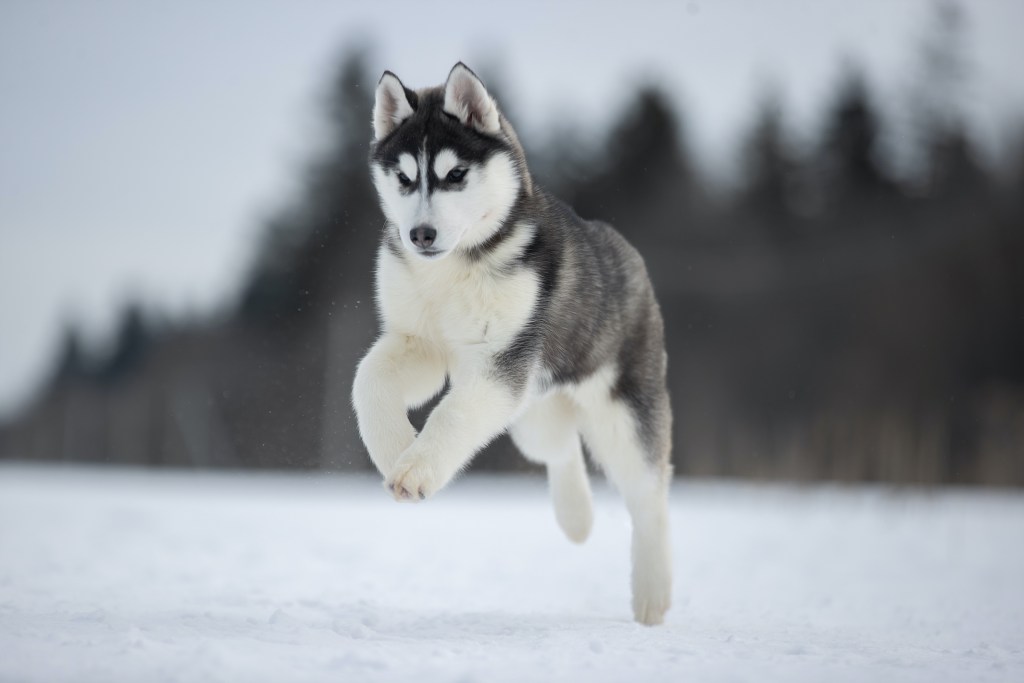
Add a little heat to your dog’s home
While the previous suggestions all center around heat retention, there are a few neat tricks that can help you add heat to your dog’s home without breaking the bank.
Step 1: Paint it black.
Dark colors have been proven to absorb more heat than light colors. Most dog houses come in paler shades of beige or khaki green, so slapping on a few coats of paint will heat up your dog’s home by a few degrees.
Step 2: Make sure your dog’s home gets as much sun exposure as possible.
Relocating the house to a sunny part of your yard is a great way to warm it up — even in winter. Another good tip is to make sure the largest side of your dog’s house faces the sun directly to absorb the maximum amount of heat.
Step 3: Become your dog’s next-door neighbor.
If you have the space for it, you can try moving the mini house next to an exterior wall of your home. Not only will this help to shield it from the wind, but you’ll share heat from your own house without having to run electricity outside.
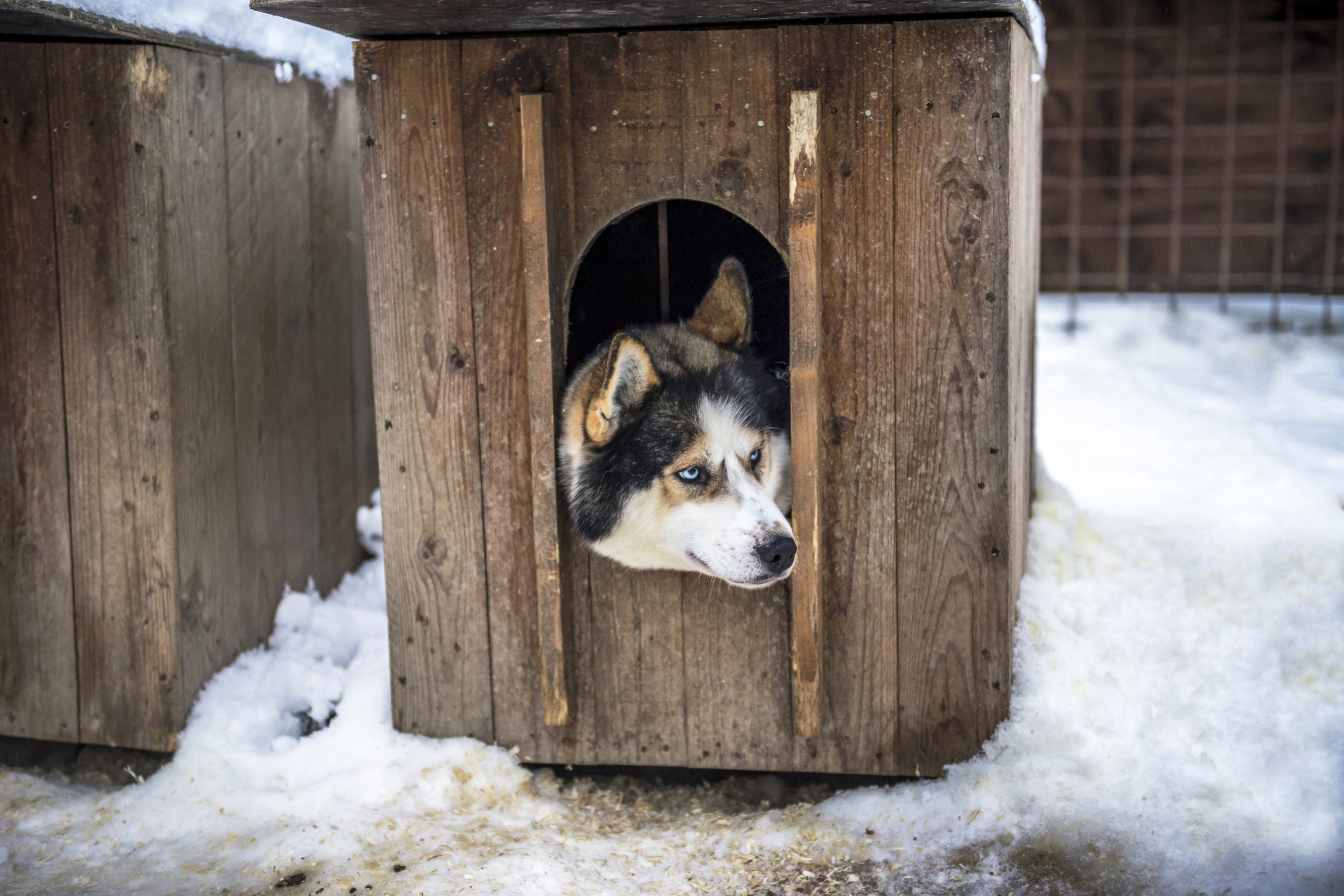
How cold is too cold for your dog?
When wondering how to keep a dog house warm in the winter, it's important to know how cold is too cold and how warm you should aim to keep your dog house. This depends on the breed of dog you have, or, more specifically, how thick their fur is. Thin furred dogs are more sensitive to the cold and can develop problems starting at around 40 to 45 degrees Fahrenheit. Thicker furred dogs can handle colder temperatures, with some particularly hardy breeds (such as huskies) being able to tolerate temperatures below freezing.
However, just because they can tolerate temperatures doesn't mean it's entirely comfortable! Keep your doghouse at least 50 degrees Fahrenheit and adjust the temperature as needed based on your dogs preferences. Keep in mind that puppies are more vulnerable to the cold! If your dog is only a few months old (or younger), you'll need to keep your dog house warmer or keep your puppies indoors.
As you can see, heating your dog’s house without using potentially dangerous electricity is easy, inexpensive, and most likely won’t take you longer than a single afternoon to complete. Using a combination of these methods will be even more effective at keeping your dog warm all winter. Just make sure to monitor the temperature of your dog’s house so it doesn’t get too toasty.



